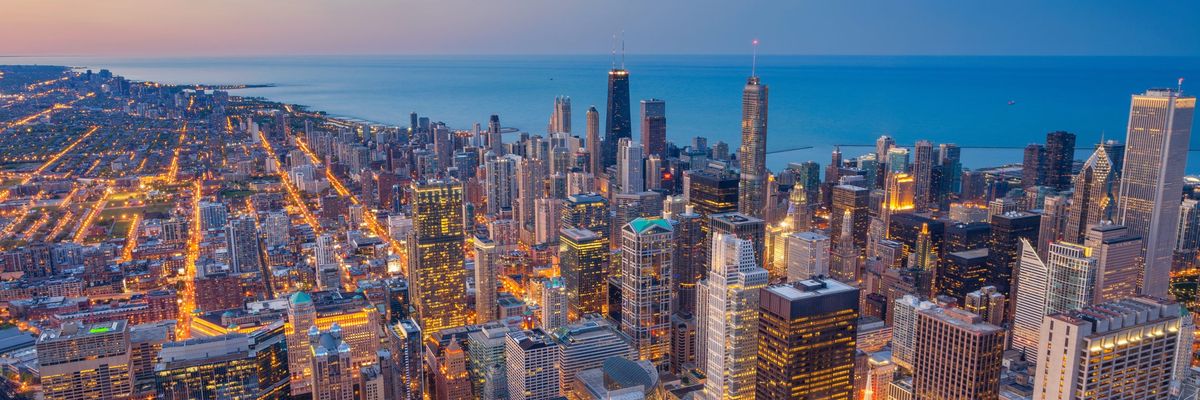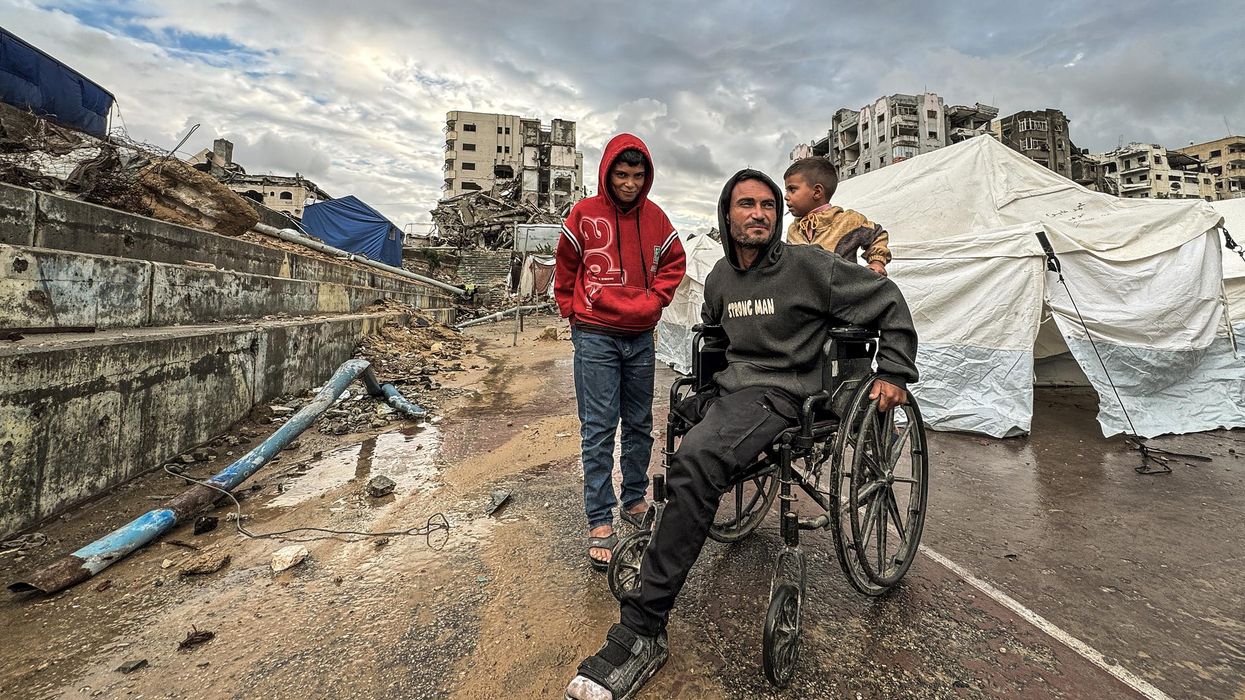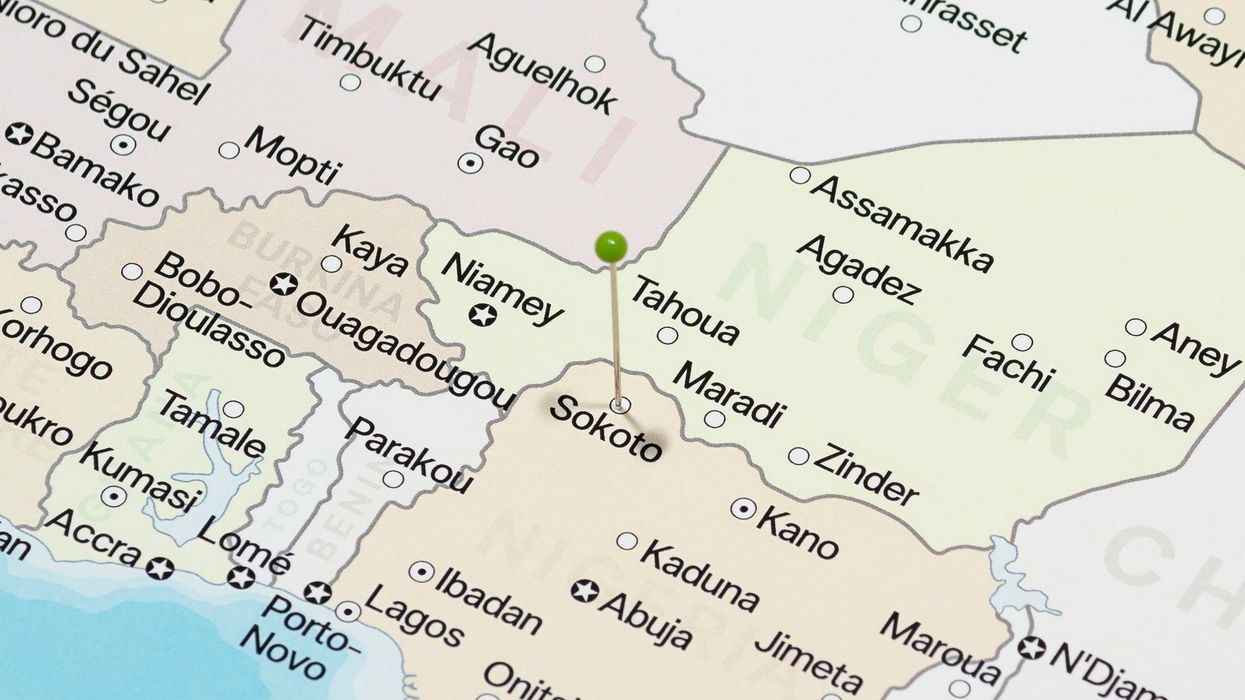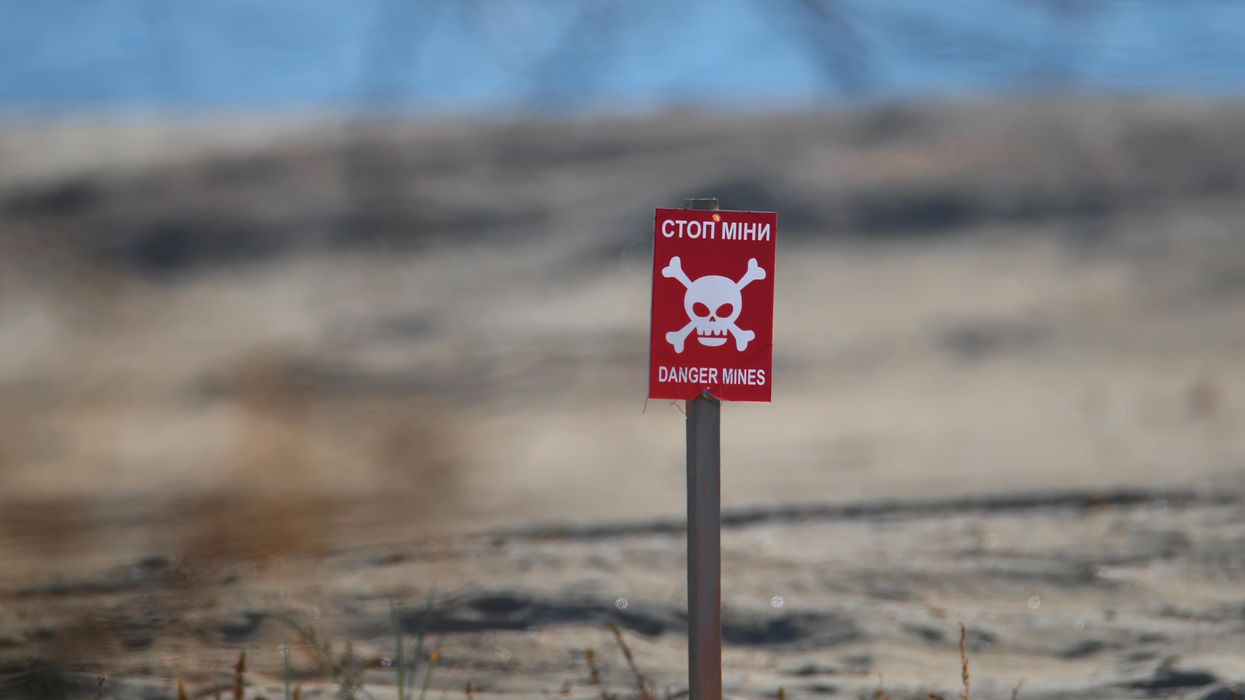Delegations from nearly 200 countries concluded talks last Sunday on further curtailing emissions at the COP 25 climate summit in Madrid, Spain by pushing most decisions off until next year. Nation-states and the international arena owe much of their success on combatting climate change to this point — including the 2015 Paris Climate Accord — to the work of cities. Prior to the 2015 meeting, cities banded together across the globe to push for aggressive action on climate change and created the C40 Cities Climate Leadership Group. It was this group, arguably more than any other, that laid the groundwork for Paris and beyond.
The story of the activism of cities and other sub-national actors in the world of diplomacy and international affairs goes beyond climate change, though. The growth and international clout of cities and sub-state actors has been unparalleled in recent decades. With the end of the Cold War, a large portion of the global community lost one of its driving unifying threats — communism — and with it, the need to find common purpose, common ground, and common action. In the decades since, many urgent transnational issues have emerged as new organizing principles for international cooperation. Pragmatic mayors and their constituencies, who are used to getting things done, now seek a seat at the table in the international arena, forming networks that help shape new organizing principles for international cooperation on issues that affect us all like climate, health, transnational crime, and migration.
The Rise of the City
For millennia, cities formed the major building blocks of community, governance, and public affairs in response to the expanding trading systems that had evolved. Examples range from the ancient city-states of Athens and Rome; the original Silk Road; the complex Mayan and Inca empires in the Western Hemisphere; and the rise of Renaissance Italy. The power of individual cities in the realm of diplomacy and international affairs saw a steep decline over the course of recent centuries.
Now, the rise of the new city-state takes on renewed significance in international affairs. The pace of urbanization in recent decades makes understanding sub-national assertiveness and areas for collaboration all the more urgent. Over half of humanity lives in urban areas today, a number that will grow to two-thirds by 2050; and cities account for approximately 80 percent of global GDP. By mid-century, the number of people living in cities around the world will be higher than the entire global population of 1950.
Spurred by the financial engines of modern cities, states and provinces are wielding more and more economic heft. If California counted as a standalone fiscal entity, it would have been the world’s fifth-largest economy in 2018, wealthier than the United Kingdom, India, or France. California is home to 12 percent of America’s population, but “contributed 16 percent of the country’s job growth between 2012 and 2017” — and this growth relied on multiple sectors in two major urban areas — San Francisco and Los Angeles.
Recent nativist trends — a cultural and ethnic form of xenophobic nationalism — also drives the emergence of “global cities” and activist states, as more nativist national capitals and metropolitan areas may find themselves increasingly at odds with each other over globalization. As nativist leaders like President Trump question globalization’s benefit, deride the need for strong partnerships, and ridicule and seek to curtail immigration, cities do the opposite. These shifts, coupled with the wider set of challenges inherent to the evolving global landscape, create the context within which anti-nativist sub-national governments now operate. While always significant as economic or political power centers, sub-national actors around the world have begun once again to play a larger role in what happens beyond their own borders.
Networking to Push the Agenda
A number of developments have inspired cities and states to band together and take on a more activist role in matters of national and international policy formation. The most obvious is the sheer size and wealth of certain global cities now makes them, and their perspectives, relevant to many national and international policies.
This shift is taking place, in large part, as the U.S. National Intelligence Council makes clear, because “the number and complexity of issues beyond the scope of any one individual, community, or [nation] state to address is increasing — and doing so at a seemingly faster pace than decades ago.” Partisan gridlock and nativist tendencies that eschew multilateral cooperation in many nations add to this pressure, and can lead local governments to take matters into their own hands if they see higher governance structures as incapable of meeting today’s challenges. Reliance on international institutions to resolve these challenges seems less of an effective or efficient option.
Cities, meanwhile, have become more globally connected than ever before. “Cities,” according to the Chicago Council on Global Affairs, “are actively forging links across borders, taking part in setting the international agenda, and shifting the landscape of urban politics from local to increasingly global.” Ivo Daalder, the council’s president, argues that “global cities…have the scope, ambition and clout to shape not just the world’s economy but also its ideas, its culture, its policies and its future. Big and connected, they transcend borders and disrupt international agendas.”
City networks perform a wide range of activities and focus on an expansive array of topics, including trade, best practices, global finance, and culture. They can also focus on interconnected transportation networks, technological linkages, and combating extremism. City networks also deal with issues more global and political in nature, issues that historically have been monopolized by nation-states; and city networks have found “ways to inject their perspectives and expertise into international forums, agendas, campaigns, and agreements.” In 2017, twenty-five global cities launched the U20, which “seeks to coordinate a joint position between mayors of the main cities of the G20 and other global urban centers to inform and enrich the discussions of national leaders at the 2018 G20 Summit” on urban-focused issues.
We Need to Harness the Power of Cities
Not all cities are created the same, and some will have an easier time than others at projecting their power on the global stage, but nation-states and the international arena must work with cities, and vice versa, to create a better future for all. A 2018 working group at Georgetown University’s Institute for the Study of Diplomacy concluded that cities and their networks are relevant international forces for the foreseeable future.
There are a number of ways in which all parties can better work together, but it begins by understanding that on issues such as global health, climate change, and migration, among others, many national and global-level interests can best be served at the local level or through interactions with cities, and can be done so peacefully. National governments, for their part, need to better understand that they have untapped resources within their own territorial boundaries that can provide newfound influence, power, and connections globally. Cities, meanwhile, would be wise to accept the ongoing reality that collaboration, rather than competition, with their national counterparts will likely provide the most efficient and successful ways to navigate the diplomatic landscape at the international level.
















